|
National Flags, Military
Flags, & Queens and Regimental Colours |
|


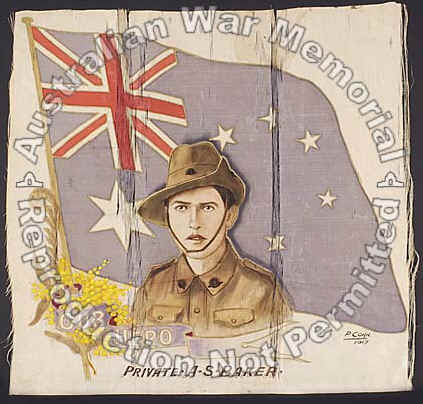
2860 Private Arthur
Stanley Baker enlisted at Annandale, New South Wales, on 25
September 1916, and served with 60 Battalion, AIF. He died of wounds
in France on 9 August 1918, at the age of 22. This portrait, painted
in 1917, appears to have been copied from a photograph.
|

Sub-category
Index
|
|
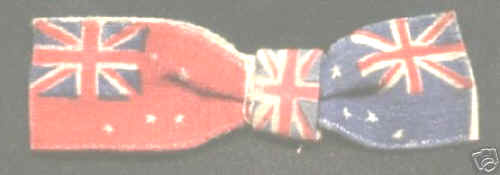
|
|
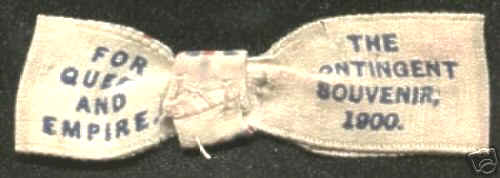
|
| Cloth
badge in the shape of a bow-tie made for the Australian contingent to
the Boer War, 1900. The surprising thing here is that the images
closely resemble the Australian Commonwealth Ensign and the Australian
Red Ensign (without the Federation Star) on a souvenir dated 1900. The
Federation did not take place until 1901 and supposedly the Australian
flag was not designed until 1901 and officially accepted in 1903. |
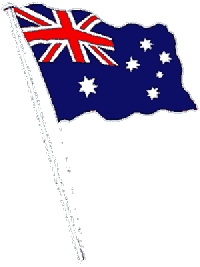
|
-
Our flag bears the stars that
blaze at night
-
In our southern sky of blue,
-
And a little old flag in the
corner
-
That's part of our heritage,
too.
-
It's for the English, the
Scots and the Irish
-
Who were sent to the ends of
the earth,
-
The rogues and the schemers,
-
The doers and dreamers
-
Who gave modern Australia
birth.
-
And you, who are shouting to
change it,
-
You don't seem to understand,
-
It's the flag of our law and
our language,
-
Not the flag of a faraway
land.
-
It doesn't mean we owe
allegiance
-
To some forgotten imperial
dream;
-
We've the stars to show where
we're going,
-
And the old flag to show
where we've been.
By Robin Northover
|
|
|
National Ensigns flown by Men of War
1896 - Original Print |
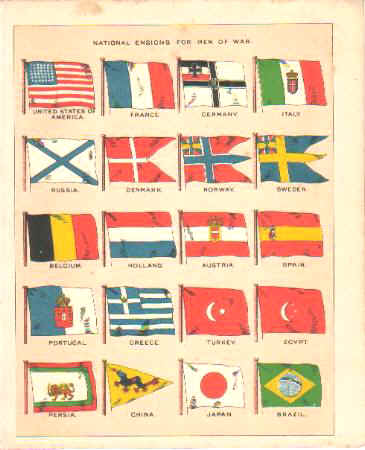 |

|